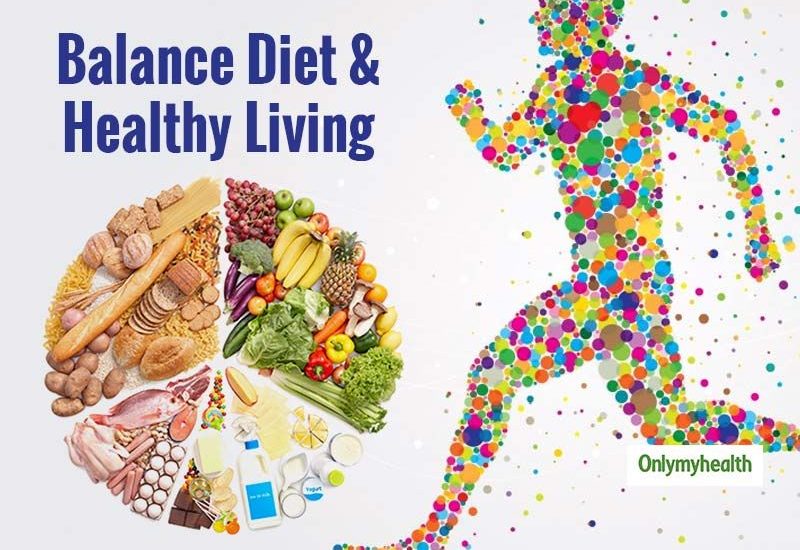The Role of Physical Activity in Your Health
Physical activity plays a crucial role in maintaining overall health and well-being. Engaging in regular exercise not only helps in achieving and maintaining a healthy weight but also improves cardiovascular health, strengthens muscles and bones, enhances mental health, and reduces the risk of various chronic diseases. This article explores the importance of physical activity and its impact on overall health.
Benefits of Physical Activity
1. Weight Management
Regular physical activity, in combination with a balanced diet, is essential for managing weight. Engaging in activities that burn calories helps to create an energy deficit, leading to weight loss. Regular exercise also helps to maintain weight loss by increasing metabolism and building lean muscle mass.
2. Cardiovascular Health
Physical activity strengthens the heart and improves cardiovascular health. Regular aerobic exercises such as walking, running, swimming, or cycling can help reduce the risk of heart diseases, lower blood pressure, and improve blood circulation. It also increases the levels of good cholesterol (HDL) while reducing bad cholesterol (LDL) and triglycerides.
3. Mental Well-being
Engaging in physical activity releases endorphins, also known as “feel-good hormones,” which boost mood and reduce feelings of stress, anxiety, and depression. Regular exercise can improve sleep quality, increase self-esteem, and promote a positive body image.
4. Strong Muscles and Bones
Physical activity, particularly resistance and weight-bearing exercises, helps in building and strengthening muscles and bones. It promotes the growth of bone tissue, reducing the risk of osteoporosis and fractures. Strength training exercises can also improve balance and stability in older adults.
5. Chronic Disease Prevention
Regular physical activity is associated with a reduced risk of developing chronic diseases such as heart disease, type 2 diabetes, certain types of cancer, and stroke. Exercise helps to maintain healthy blood sugar levels, blood pressure, and cholesterol levels, contributing to overall disease prevention.
How Much Physical Activity is Recommended?
The American Heart Association and the World Health Organization recommend adults to engage in at least 150 minutes of moderate-intensity aerobic exercise or 75 minutes of vigorous-intensity aerobic exercise per week. Additionally, adults should perform strength training exercises at least twice a week, targeting all major muscle groups.
Getting Started with Physical Activity
1. Choose Activities You Enjoy
Engaging in physical activities that you enjoy increases the likelihood of adherence to regular exercise. Whether it’s swimming, dancing, hiking, or playing a sport, find activities that bring you joy and keep you motivated.
2. Start Slowly and Gradually Increase
If you’re new to exercise or have been inactive for a while, start slowly with low-impact activities such as walking or gentle yoga. Gradually increase the duration and intensity of your workouts to avoid overexertion or injury.
3. Find a Support System
Joining fitness classes, sports clubs, or exercising with friends or family can provide a support system and make physical activity more enjoyable. Working out with others can motivate you to stay consistent and push yourself harder.
4. Set Realistic Goals
Set realistic and achievable goals to keep yourself motivated. Whether it’s running a 5k, doing a certain number of push-ups, or improving flexibility, having specific targets can provide a sense of accomplishment and drive.
Conclusion
Physical activity is vital for maintaining optimal health and well-being. Regular exercise not only helps in weight management but also improves cardiovascular health, enhances mental well-being, strengthens muscles and bones, and reduces the risk of chronic diseases. Incorporating physical activity into your daily routine is achievable and brings numerous benefits that contribute to a healthier and happier life.


